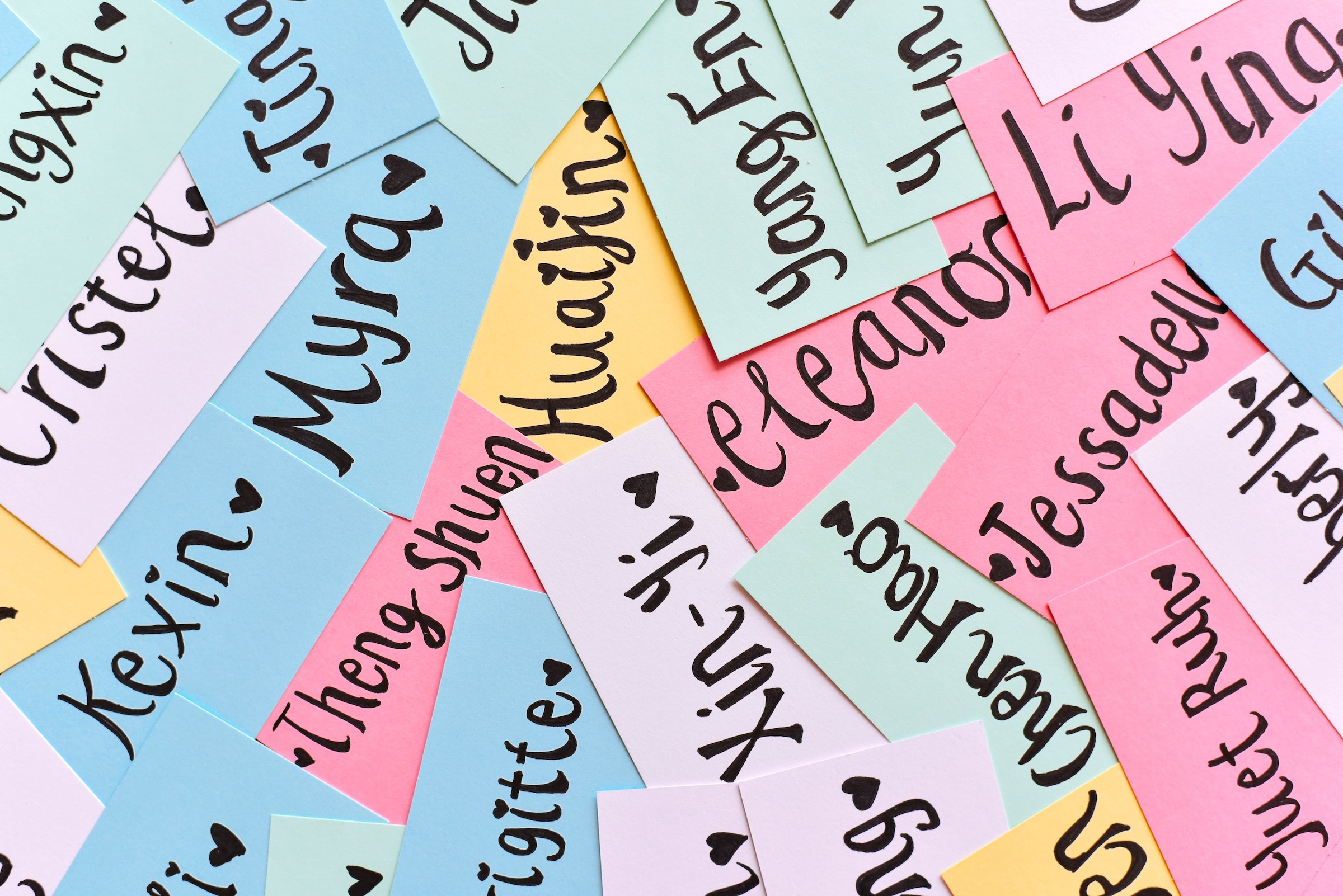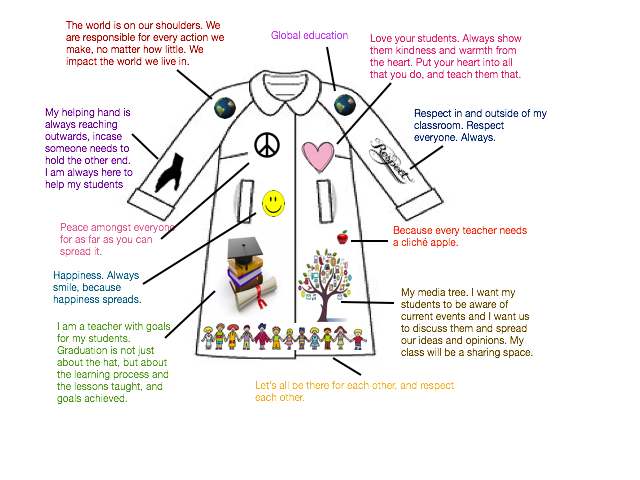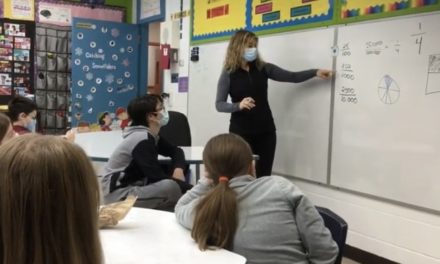I used to think there was nothing that could compel me to go back to teaching in the brick & mortar classroom, as I was so happy teaching in the online environment! But then along came the book Building Thinking Classrooms in Mathematics: 14 Teaching Practices for Enhancing Learning (Grades K-12), by Peter Liljedahl, which, as the title suggests, is a how-to for getting students to think in math class. His 14 practices for building thinking classrooms, and the wealth of research backing them up, are so convincing, and so beautifully expressed, that I would fairly run back into the physical classroom to have the chance to try it all out.
For now, I must live vicariously through colleagues, via social media, such as Twitter, which incredibly still exists, and where I can still interact with teachers. There is also a Facebook group for teachers in Quebec called La Classe Collabo-Reflexive, as well as a larger one with membership across North America, called Building Thinking Classrooms. Teachers are hungry for ways to get students to think, engage, and enjoy learning math. Our own Chris Colley did a podcast interview with Peter Liljedahl back in February of this year during which they talked about, among other things, some of the outcomes of implementing The Thinking Classroom, such as playfulness, competency, and of course, critical thinking.
In this article, I will outline the first half of the book (in the interest of brevity only, as all 15 chapters are excellent), and share the experiences and reflections of teachers who are actually Building Thinking Classrooms (hereafter referred to as BTC).
What does the book say:
Spoiler alert: To be sure, the book is about putting kids into collaborative groups and getting them to solve problems, but Liljedahl doesn’t stop there. Most of the ideas in the book are about changing the classroom routine, setup, and the behaviours of everyone – teachers and students alike – so that the math learning is improved as a consequence. These seemingly small changes, which Liljedahl calls micromoves, subtly send messages, such as, this classroom is a safe place to not know something, to be wrong, to speak out. That everyone has the ability and the right to contribute to the whole class’s learning as well as their own. To use a popular meme, we could subtitle it “Tell me I matter without saying I matter.”
I would highly recommend anyone reading this blog post to stop doing so immediately and go read the book, but if you insist on staying, here is my nutshell summary of the first few chapters that in no way does the book justice:
Chap 1 Give students highly engaging, non-curricular tasks to do This is the most directly math-content-related part. Of course, we all have to cover the curriculum, but Liljedahl makes the case that non-curricular tasks are imperative because they trigger actual thinking. And once students start thinking the way they need to in order to solve “thinking tasks”, once that genie is out of the bottle, there’s no going back. “Once the thinking starts, it becomes an end unto itself, and students are not only more willing to think, but they want to think.” The critical thinking will continue and pay off once they return to the curriculum. When it’s time to get back to covering the curriculum, any curricular task can be retooled into a thinking one by getting kids to do something that they don’t already know how to do.
Subliminal message: Math is fun and so is thinking about it!
 Chap 2 Put students in visibly random groups to work on the tasks Collaborative group work is nothing new, but doing the random group selection publicly, and often, changes how it feels to the students. Teenagers always suspect the teacher is up to something (they’re probably right) – by deliberately putting them with someone so they’ll behave better, or because they’re offloading the teaching to a student peer. When students witness the random selection of group members, they know that the role that each individual has played in the past is not set in stone, and will change regularly, before they have a chance to “calcify into their active and passive states.” Frequent randomization also meant that students “began to cross social boundaries and form an awareness about each other in ways that were not happening before”. Finally, the small groups of 3 organically result in more students talking – after all, it’s much safer to speak up there than in the whole class, or to the teacher.
Chap 2 Put students in visibly random groups to work on the tasks Collaborative group work is nothing new, but doing the random group selection publicly, and often, changes how it feels to the students. Teenagers always suspect the teacher is up to something (they’re probably right) – by deliberately putting them with someone so they’ll behave better, or because they’re offloading the teaching to a student peer. When students witness the random selection of group members, they know that the role that each individual has played in the past is not set in stone, and will change regularly, before they have a chance to “calcify into their active and passive states.” Frequent randomization also meant that students “began to cross social boundaries and form an awareness about each other in ways that were not happening before”. Finally, the small groups of 3 organically result in more students talking – after all, it’s much safer to speak up there than in the whole class, or to the teacher.
Subliminal message: Not only do I matter, but so does everyone else.
Chap 3 Have students work at VNPS Students work in groups of 3 while standing, and writing on a vertical non-permanent surface (VNPS), such as a whiteboard+whiteboard markers. Standing up is more active than sitting, and has physical benefits – more blood flowing to the brain, therefore, better thinking. The non-permanence of the markers means it’s really easy to erase mistakes, so it’s an open invitation to go ahead, and make as many mistakes as you want. There are also huge accountability benefits. Because what everyone is doing is so visible to the teacher, everyone is less likely to stall or pretend to work (what Liljedahl refers to as “studenting”). Liljedahl explains, “In the 15 years that I have been engaged in the thinking classroom research, nothing we have tried has had such a positive and profound effect on student thinking as having them work in random groups at vertical whiteboards.”
I noticed a similar benefit when I started using Desmos activities – when the students knew that I could see at any given time what every single person was doing, participation instantly zoomed up to nearly 100%. Of course, it’s not enough to get participation via a subliminal threat, so the tasks in Desmos, just like in BTC, need to truly engage.
Subliminal message: It’s safe to be wrong here, in fact, it’s encouraged.
Chap 4 Defront the classroom Rearranging all the chairs so that they do not all face the front, in fact, so that no two face the same way, triggers a big change in teacher and student behaviour. This has the effect of less teacher talking, and less student expectation of the teacher talking, hence more student talking. In addition, desks are arranged in groups of three to match the groups at the whiteboards.
Subliminal message: You, yes YOU, are going to do the talking here today.

Chap 5 Dealing with questions Liljedahl’s advice could be summarized as – stop answering with answers! Instead, he suggests replying with prompts to further the thinking, such as Why do you think that is? Or Are you asking me or telling me? Not answering with the actual answer, I must admit, is one of my greatest challenges. It helps to gird oneself by classifying student questions as one of 3 types:
Proximity questions (emitted only when the teacher approaches, aka “studenting”),
Stop-thinking questions (designed to procrastinate, eg When will we ever need this in life?), and
Keep on thinking questions (which are brimming with evidence that the student has been thinking hard, and is on to something, for example,
When you say the numbers have to add to 25, do they have to be whole numbers?
Chap 6 Give tasks verbally, early in the period, and have students standing around you while listening
As mentioned before, standing gets the blood flowing and signals that they are expected to do something, rather than be passive. If the task has a lot of data or diagrams, these can be written on a whiteboard while the teacher is talking, so that they are getting “the nature of the question” during this time, with the various layers of constraints being added one at a time. Liljedahl’s research shows that students are quicker to engage with the task this way, and they ask a lot fewer questions, which means they are thinking more.
Teacher experiences:
Kate James, High School math, Quebec
Kate has been using BTC for a year and a half, this current school year being her first full year of implementation. She runs BTC every day, using almost all of the practices in the book. She says there’s no going back. Her students are much more engaged, and the marks are as good or better than before. Interestingly, the students are also much more willing to help others, in fact, she detects actual joy in answering peers’ questions. They struggled at first with the new expectations of participation, thinking, and working in public. Understandably, it took about a month for some students to get past their “just tell me how to do it” default. But they are all now fully engaged and enjoying math. They surely also appreciate that instead of homework, they do check-your-understanding questions in class (covered in chapter 7).
Kate’s first year was a lot of prep time. Getting tasks ready and easy for kids to access, and setting up the whiteboards all required tons of time at the front end. Kate went all in, rather than starting out slowly with just a few of the practices. She feels this has yielded the greatest benefits for the students. Of course, it would help to be collaborating with other teachers, especially those who are teaching the same course. At the moment, Kate is on her own, pretty much, although there is one other math teacher at her school doing BTC at another grade level.
Leah Lobaton, High school math, Quebec
Leah is in a school in which there is a great deal of buy-in and enthusiasm for BTC, as well as collaboration amongst the staff. She uses non-curricular tasks, vertical non-permanent surfaces (VNPS), random groups, and student note-creation (chap 11 in the book). The creation and curation of tasks is shared amongst the staff. At this school, students are introduced to BTC right away in their first year of high school, so it’s just a regular day for them. They actually prefer working on VNPS’s and being put into truly random groups. Leah doesn’t think the marks have changed much, but her students’ level of engagement, independence, and stamina on challenging tasks are all up. Parents are very enthusiastic, and the admin are extremely supportive. Her advice for new teachers is to start slowly on the 14 practices and to visit other teachers’ thinking classrooms.
Guy Picard, High school math, Quebec
Guy went full BTC this past September because he found his students were “no longer reasoning.” In the thinking classroom, this has changed, and there’s no going back. His students love this way of learning, in fact, ask for it, and are more comfortable with higher-level thinking. He hasn’t noticed a difference in marks, but he notes an increase in autonomy and perseverance. He finds his prep time is the same as it was before implementing BTC. Guy collaborates with teachers from across Quebec, and is also an avid user of Desmos, where he invites his students to explain their reasoning. His advice to teachers starting out is to join him at October’s GRMS (Groupe des Responsables en Mathematique au Secondaire) event, where he will run 2 sessions on BTC, complete with his “tricks and advice to make it work.”
Kirsten Dyck, junior high math teacher, division-wide math coach, Saskatchewan
Kirsten has been implementing BTC for 6 years. She has implemented all of the 14 practices, to varying degrees. She finds the students generally very accepting of BTC, in particular the visibly random groups, which they ranked in an anonymous survey as “something Mrs. Dyck should keep doing in math class.” Kirsten’s goal of having “most students mostly engaged most of the time” is attained in BTC . She particularly enjoys the qualitative data that she is able to gather as a result of the “professional eavesdropping” afforded in this setup. Kirsten has colleagues in and out of her school that collaborate on BTC , which helps with the heavy lifting of finding resources. She pointed me to some resources for rich tasks, which are linked at the end of this article.
While my sample of teachers is extremely small, the positive feedback is quite compelling. BTC also seems like a perfect fit with Quebec’s 3 math competencies: Solve a situational problem, use mathematical reasoning, and communicate using mathematical language.
There are 9 more chapters in the book, each explaining other aspects of BTC, such as homework, note-taking, and evaluation practices, as well as some tips for on-the-ground strategies during the class. If there were more time in the school year, I’d be writing another post about these as well, but instead, I plan to take Leah’s advice and go visit some Thinking Classrooms!
Resources for BTC:
Teacher resources, Peter Liljedahl
Spreadsheets of tasks (from BTC facebook group)
Building Thinking Classroom links, Judy Larsen
Think Thank Thunk, teacher podcast, Kyle Webb
Building Thinking Classrooms, North America Facebook group
La Classe Collabo-reflexive (Building Thinking Classroom), Quebec teachers Facebook group
Photo credits:
Featured image: Five red apples, photo by Isabella Fischer on Unsplash
https://unsplash.com/photos/uSPjZzYwXO4
Floating dry erase markers, photo by Mark Rabe on Unsplah
https://unsplash.com/photos/zCJrolkwRyE
Assorted-color of name cards, photo by CHUTTERSNAP on Unsplash
https://unsplash.com/photos/JChRnikx0tM





